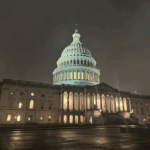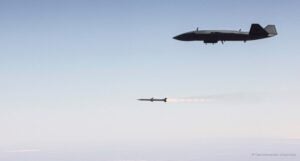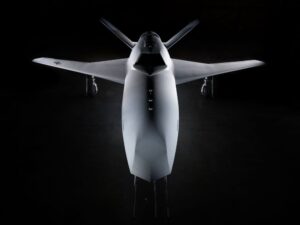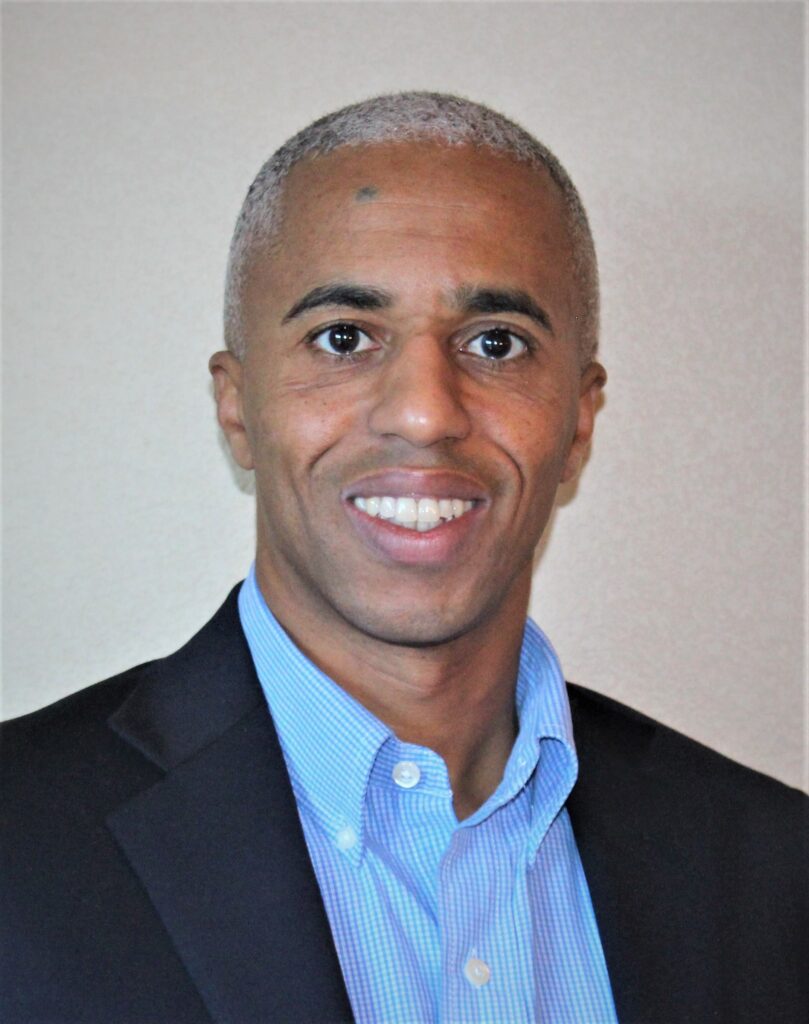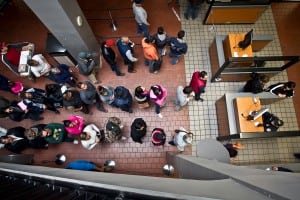
TAMPA, Fla.—Customs and Border Protection (CBP) has begun the expansion of an ongoing pilot program that collects fingerprints of some foreign nationals as they depart the country from airports in the United States, with the goal being to assess the strength of biometrics in ensuring that these individuals have left the country, agency officials said.The testing of the biometric exit (BE) mobile began in July at Hartsfield-Jackson Atlanta International Airport and more recently stood up in Chicago, this week in…

 By
By 